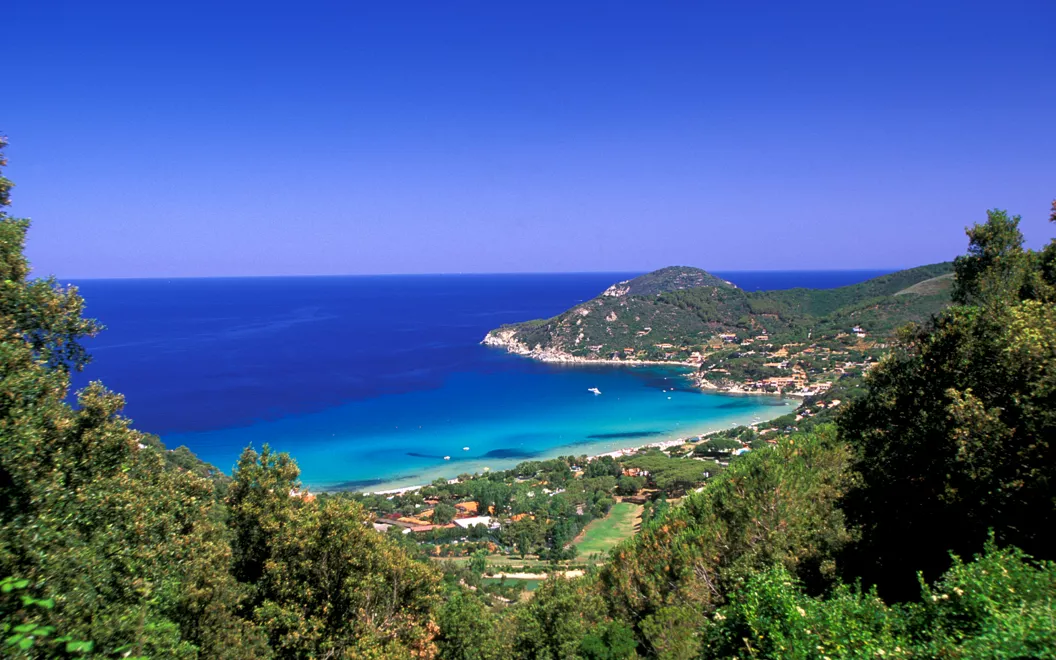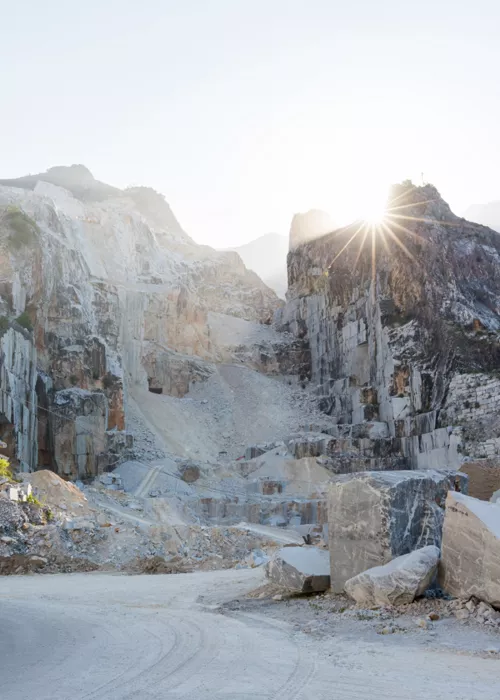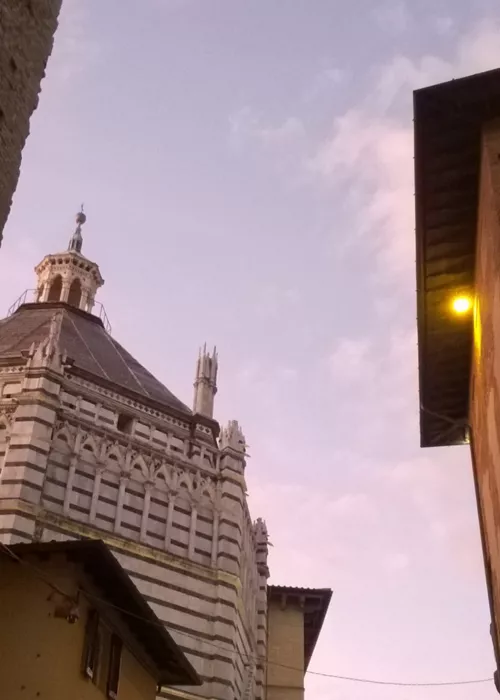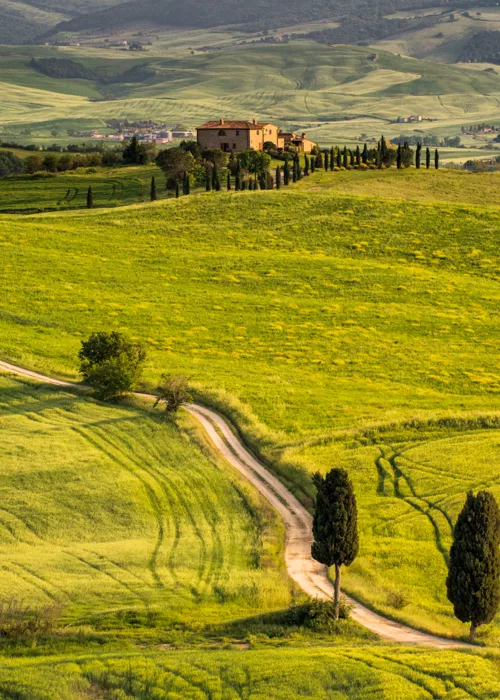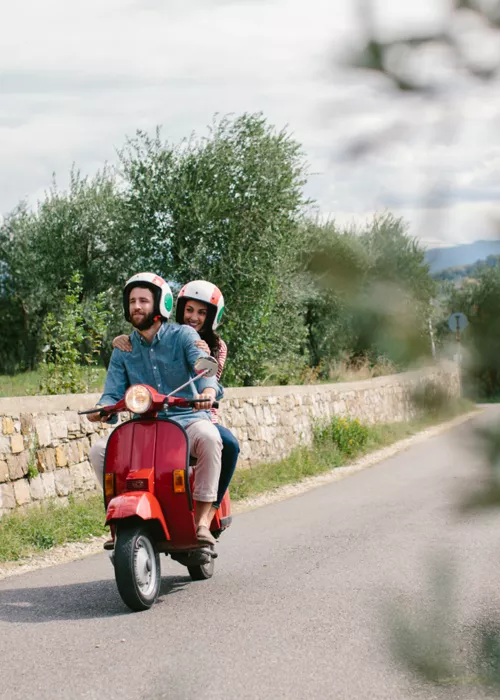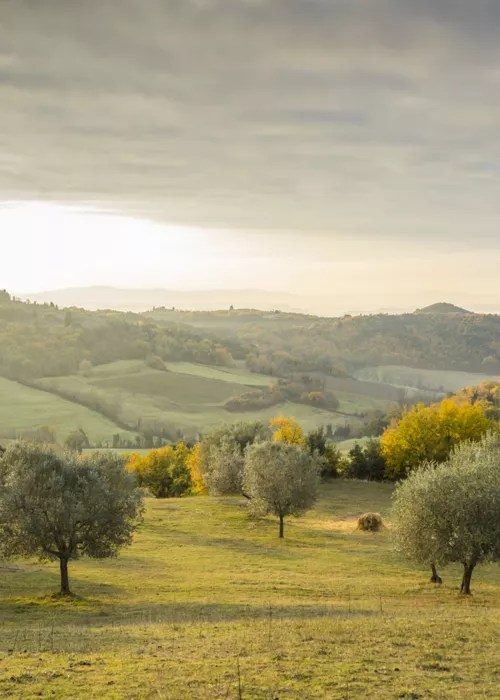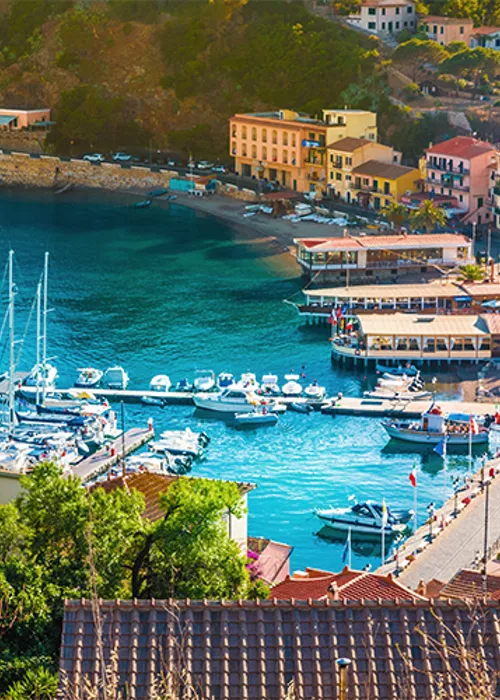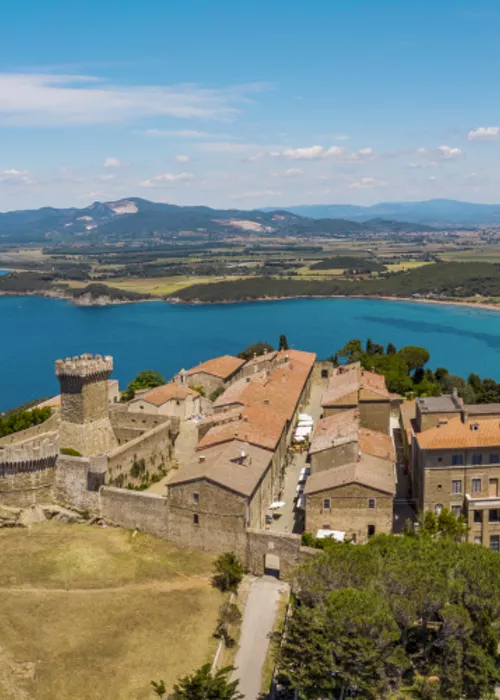Elba Island

An island in the shape of a fish: not even if you tried. Elba is a treasure to be discovered in every aspect and in all seasons, although it is rather congested in summer. It has dreamy beaches, turquoise sea, mountains, trails and Napoleonic heritage. Then it's off to swim in crystal-clear waters, trekking on Mount Capanne, strolling through Capoliveri's teeming alleyways, diving or birdwatching.
On the SP 25 provincial road, which goes around the perimeter of the island, you can find beaches with golden or black sand, rocky beaches, pebbly coves and granite cliffs. As is often the case, the most beautiful spots are the most hidden and can only be reached by boat or by venturing down rather steep slopes. On the north end of the island, the quiet seaside town of Cavo has one of the most beautiful beaches, an expanse of first sandy and then light-coloured pebbles. To the west of Portoferraio, don't miss Capo Bianco, with white pebbles, and Padulella beach just beyond the cape. Sansone and La Sorgente beaches, separated by a sea stack, lie at the foot of a promontory with sheer cliffs. Off the coast of Portoferraio, the "Scoglietto" of Portoferraio is a very picturesque marine protected area: groupers, moray eels and corvinas can often been seen in the rocky ravines between 7 and 25 m in depth
Past Marciana Marina, you come to Sant'Andrea, with a beach of fine, golden sand, and the tiny Cotoncello beach. At a short distance from the small harbour, however, the diving experience goes to a depth of 64 metres, where nine dolia, large earthenware containers used for transporting foodstuffs, can be seen.
Going down to the south coast, you'll find the most famous and popular beach on the island: Fetovaia, surrounded by maritime pines and Mediterranean scrub. Opposite, about 400 metres from the shore, at Secca di Fetovaia, you can dive to a depth of 12 metres, where conger eels, moray eels and snappers swim, while further down there are expanses of red gorgonians and shoals of barracuda. Between Campo nell'Elba and Capoliveri, there are the beautiful little beaches of Remaiolo, Ginepro and Calanova, which can only be reached by a strenuous walk on the eastern side of the Calamita promontory.
If you want to go trekking, the climb up Mount Capanne, 1,017 metres of granite rock, offers an unforgettable panorama covering the whole island, Corsica and Tuscany.
Another reason for Elba's enchantment is the indelible traces left by Napoleon's stay during his exile. Symbolic places of his presence include the sumptuous villas in which he lived, adorned with frescoes and Imperial-style furniture, and with large gardens where the 'Little Corsican' spent long moments of peace and meditation. The Villa dei Mulini in Portoferraio was the residence where he received official visits. Villa San Martino, however, was for his private life. Situated just outside the village, it is surrounded by an enormous park and contains a real gem that makes it worth a visit: the Demidoff Gallery, which houses Antonio Canova's delicate statue of Galatea, for which, according to legend, Pauline Bonaparte posed.
Capraia

Solitary, volcanic and stony, Capraia is a paradise for hikers, sailors, divers and birdwatchers. Closer to Corsica than Elba, it is a mountainous island, rising up to the 445 m high Monte Castello with steep cliffs overlooking the sea. The fact that it was a penal colony from 1873 to 1986, and therefore isolated for a long time, and the limited road network - just 800 m of road from the from the port centre to Capraia Isola - have contributed to preserving its particular natural and historical features. The interior is still wild and the few hiking trails are quite challenging.
Aboard a boat or on a kayak trip, you can admire an enchanting spectacle of cliffs, small inlets, turreted promontories and caves: Cala rossa, with its unique volcanic rocks, cala dello Zurletto, with high cliffs, and cala del Reciso, with its arch carved into the rock. Cala Mortola, the only real beach on the island, can only be reached by sea.
Birdwatching becomes easy, especially in spring, when thousands of woodpeckers and kingfishers nest, and species arriving from Africa en route to European destinations stop over. The island is a favourite stopping point for common whitethroats, Sardinian warblers and Eurasian Golden Orioles. Flitting over the high cliffs are herring gulls and red-billed Corsican seagulls, pink gulls and rare species of birds of prey such as the sea eagle.
Giglio Island

It is the island of rugged coastlines, red gorgonians and rare black corals, of mule tracks turned into scenic paths and of vineyards overlooking the sea that yield a wine for connoisseurs. It is anisland of colourful houses overlooking the harbour of Giglio Porto and the Rocca Aldobrandesca fortress that stands high above the medieval village of Giglio Castello. But it is also a place of small transparent coves with white sand, many of which can only be reached by sea or via paths immersed in the scrub. Of the many beaches, Caldane beach, a small wild inlet of granite sand, is worth the effort to reach. Cala dell'Arenella, which is narrow, sandy and offers facilities, is easier to get to. The beautiful Cala delle Cannelle, south of Giglio Porto, is surrounded by granite hills and old quarries.
Giannutri

Tiny, private and exclusive, Giannutri has only 20 inhabitants, is 500 m wide and 11 km in circumference. It is a crescent of rocky land covered with mastic, juniper and euphorbia. No asphalt roads, only paths. A bar and a minimarket. No hotel, no guesthouse. If the island's charm above the water lies in its wildness and near-desertedness, it should be known that the depths are also seductive and, on the contrary, densely populated. Ancient shipwrecks rest here and colourful sponges, corals and gorgonians thrive.
Pianosa

For 150 years, Pianosa was a prison island, first an agricultural penal colony for prisoners of war and anti-fascists and, since the 1970s, an Alcatraz for Red Brigades and then, with the 1992 massacres, for Mafiosi destined for 41bis. The super-prison closed in 1998, leaving the island deserted. The condition of isolation that characterised Pianosa for a century and a half has made it a pristine area today, a true paradise of biodiversity. Its 19th-century village, with its buildings weathered and corroded by salt, together with Cala Giovanna, the only beach where bathing is permitted, are the only places that can be visited without an authorised guide.
However, there is no shortage of activities to do on Pianosa: mountain biking, kayaking and snorkelling in the crystal-clear waters of Cove of the Turks, where huge groupers, large shoals of bream and sea bream, rays and moray eels parade.

